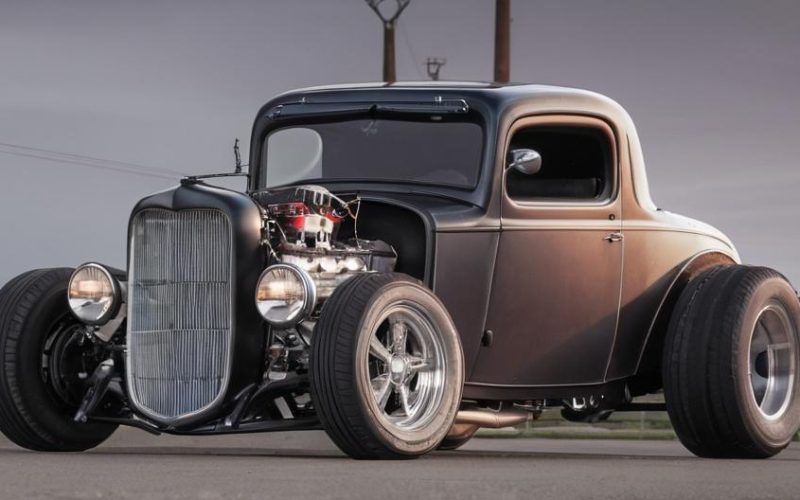Key Take Aways About Testing and Tuning a Fresh Street Rod Build
- After building a street rod, meticulous testing and tuning are essential to ensure proper functionality.
- Initial testing should be careful and attentive to potential mechanical and electrical issues.
- Engine tuning involves adjusting timing and carburetor or digital fuel maps for optimal performance.
- Suspension tuning and proper alignment are crucial for handling and comfort.
- Road testing helps identify remaining issues, requiring further tweaks for refinement.
- The process strengthens the connection between the builder and the machine, embodying the essence of street rodding.

The Importance of Testing and Tuning
Building a fresh street rod is like assembling a jigsaw puzzle with pieces that sometimes seem like they don’t want to fit together. Once the build is complete, the real nitty-gritty work begins—testing and tuning. This stage is where you figure out if all those late nights spent wrenching in the garage have paid off. It’s also where you might find out just how much you need to tweak until the beast roars smoothly down the road.
Initial Testing Phase
Jumping straight into testing after finishing the build is a rookie mistake. Take a breath, maybe even a sip of whatever keeps you going, and make sure everything is buttoned up. Fluids? Check. Bolts? Tight. Electrical connections? No dangling wires, please. Once you’re sure nothing’s about to fly off, it’s time for the first fire-up. This isn’t the time to be revving and racing; it’s a gentle check to see if everything’s functioning as it should.
During this phase, pay attention to your gauges. Oil pressure, temperature, voltage—these are your new best friends. Listen for clicks or clanks that shouldn’t be there. It’s not like you’re a car whisperer, but you’re probably the closest thing it will get.
Tuning the Engine
Alright, so the engine runs. But does it purr like a well-fed cat or growl like a dog chasing a postman? Here’s where tuning comes into play. An engine is a finicky beast, and the goal is to make it as happy as possible. Adjust the timing to make sure the spark plugs fire at the right moment. Too advanced, and you’re risking detonation; too retarded, and your ride’s gonna be as lazy as a sloth on a hot day.
Carburetors, if you’re rolling old school, will need their jets dialed in. A touch too rich means you’re wasting fuel, and a smidge too lean could leave you stranded on the side of the road. For those in the digital age, a laptop is your best tuning partner, allowing you to adjust fuel maps and ignition curves without a single greasy fingerprint.
Suspension Tweaks
Your car’s suspension is its unsung hero. Without a well-tuned suspension, all the horsepower in the world won’t save you from poor handling or a spine-crushing ride. Adjust the shocks and struts—stiffer for track days, softer for cruising—but remember, this isn’t a pillow fight. You want just enough give to absorb the bumps but not so much that it feels like you’re riding on inflatable pool toys.
Alignment and Steering
When your street rod clunks or refuses to track straight, you know it’s time for some steering and alignment love. Toe, camber, and caster need to be dialed in. A couple of degrees off, and it’s the difference between slicing through corners like a sushi chef or plowing through them like a bull in a china shop.
Testing on the Road
After adjusting everything in the garage, it’s time to take your ride to the streets. Start with short trips around the block before you decide to channel your inner speed demon. Feel for vibrations, check for overheating, and pay attention to braking performance. Your goal here is to ensure the car’s behaving like a tamed beast, not a bucking bronco.
The Final Tweaks
Tuning a street rod is like fine-tuning an instrument. Each adjustment brings you closer to the perfect harmony between metal and road. After the initial drive, bring the car back, make notes, and roll up your sleeves for another round of tweaks. Remember, even the most experienced builders often find themselves making adjustments months after a build.
In the end, testing and tuning a street rod isn’t just about making it driveable. It’s about forging a connection between man and machine, turning a pile of parts into a living, breathing extension of yourself. After all, isn’t that what street rodding is all about?
